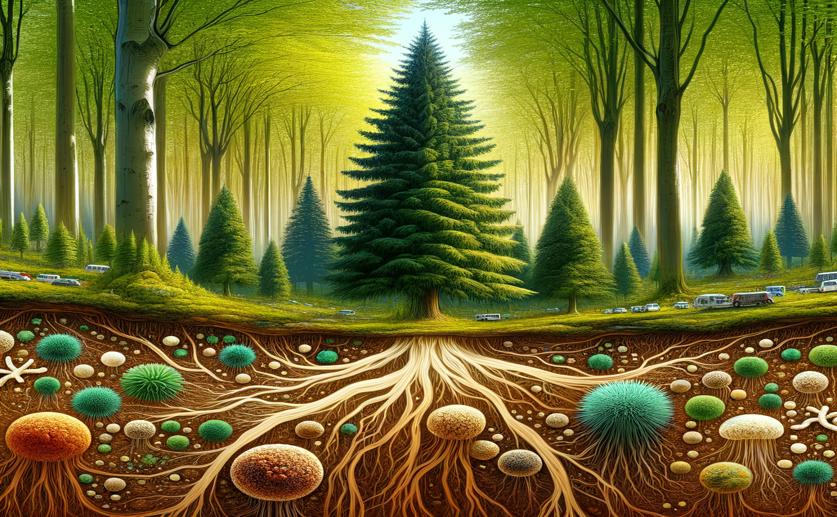
Unique Tree Mix and Soil Microbes Linked in City Spruce Forests
Greg Howard
4th August, 2024

Image Source: Natural Science News, 2024
Key Findings
- The study focused on urban forests in southern Finland to understand how land-use changes affect soil biodiversity
- Forests with higher tree density and organic matter content had richer and more unique soil communities
- Urban forests well-connected to other green spaces supported higher biodiversity
EnvironmentEcologyPlant Science
References
Main Study
1) Uniqueness of tree stand composition and soil microbial communities are related across urban spruce-dominated forests
Published 3rd August, 2024
https://doi.org/10.1007/s10980-024-01956-3
Related Studies
2) Enumerating soil biodiversity.
3) Significant and persistent impact of timber harvesting on soil microbial communities in Northern coniferous forests.
4) Plant roots increase both decomposition and stable organic matter formation in boreal forest soil.
5) Toward an ecological classification of soil bacteria.
Journal: Ecology, Issue: Vol 88, Issue 6, Jun 2007



 7th July, 2024 | Greg Howard
7th July, 2024 | Greg Howard